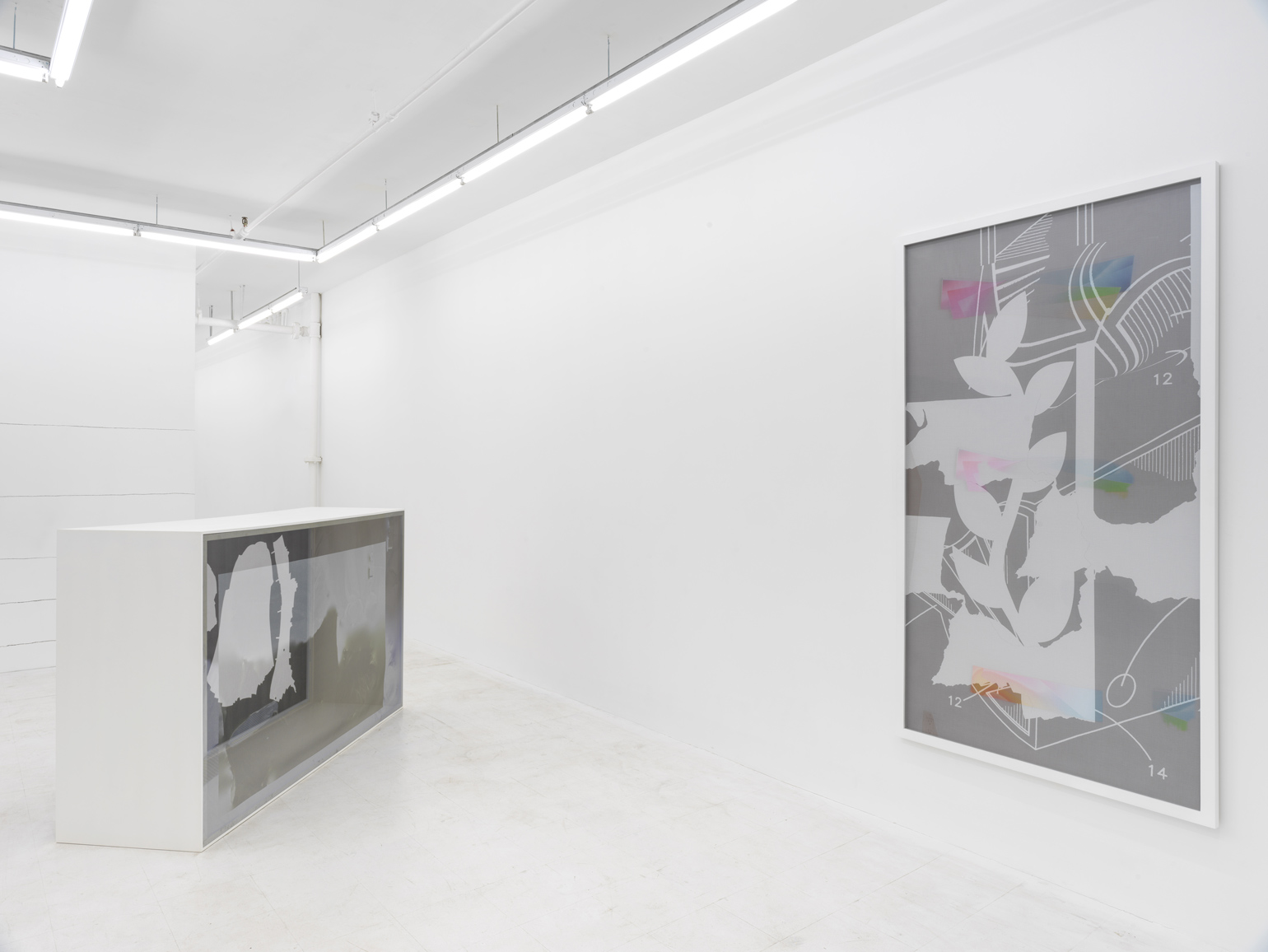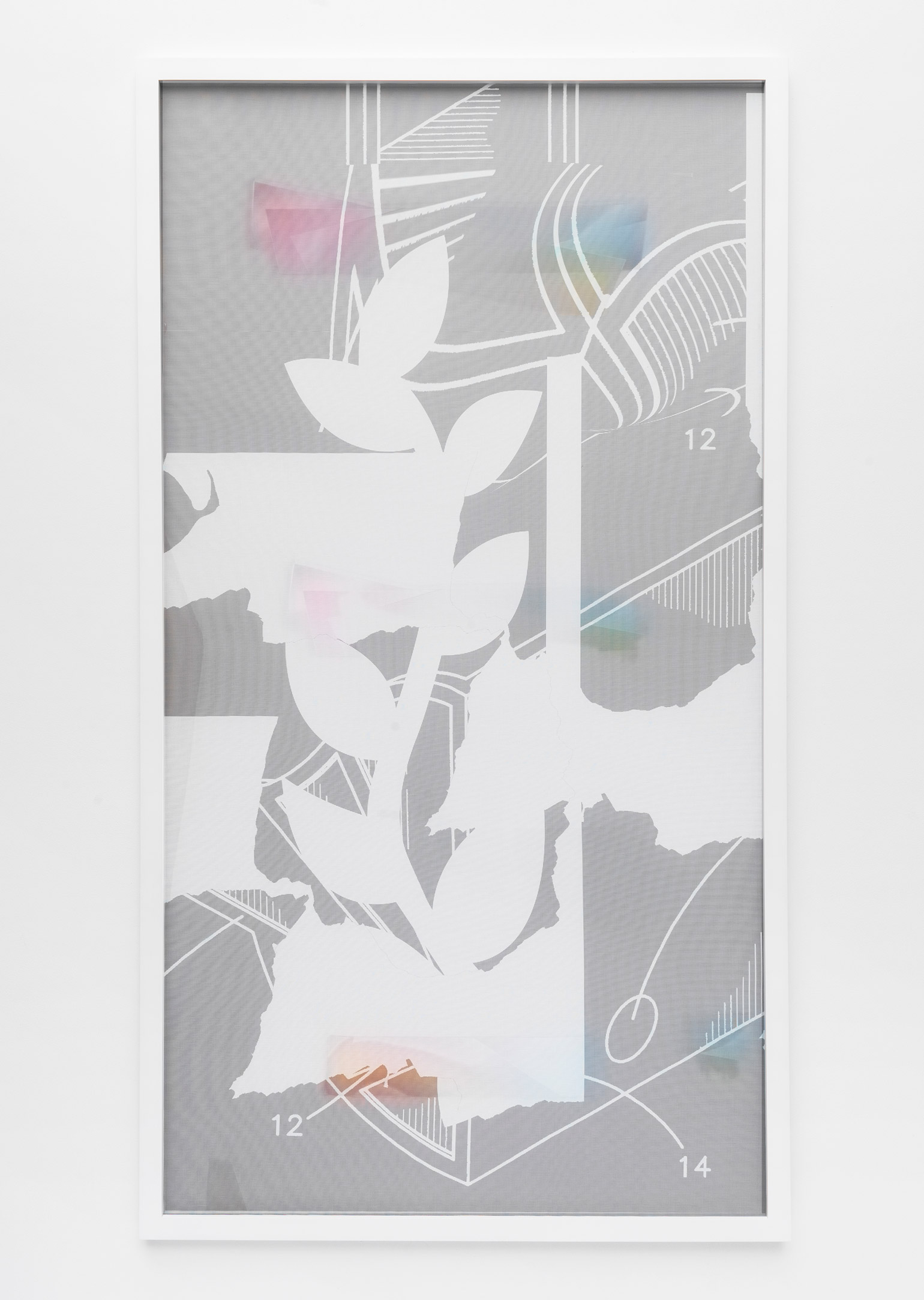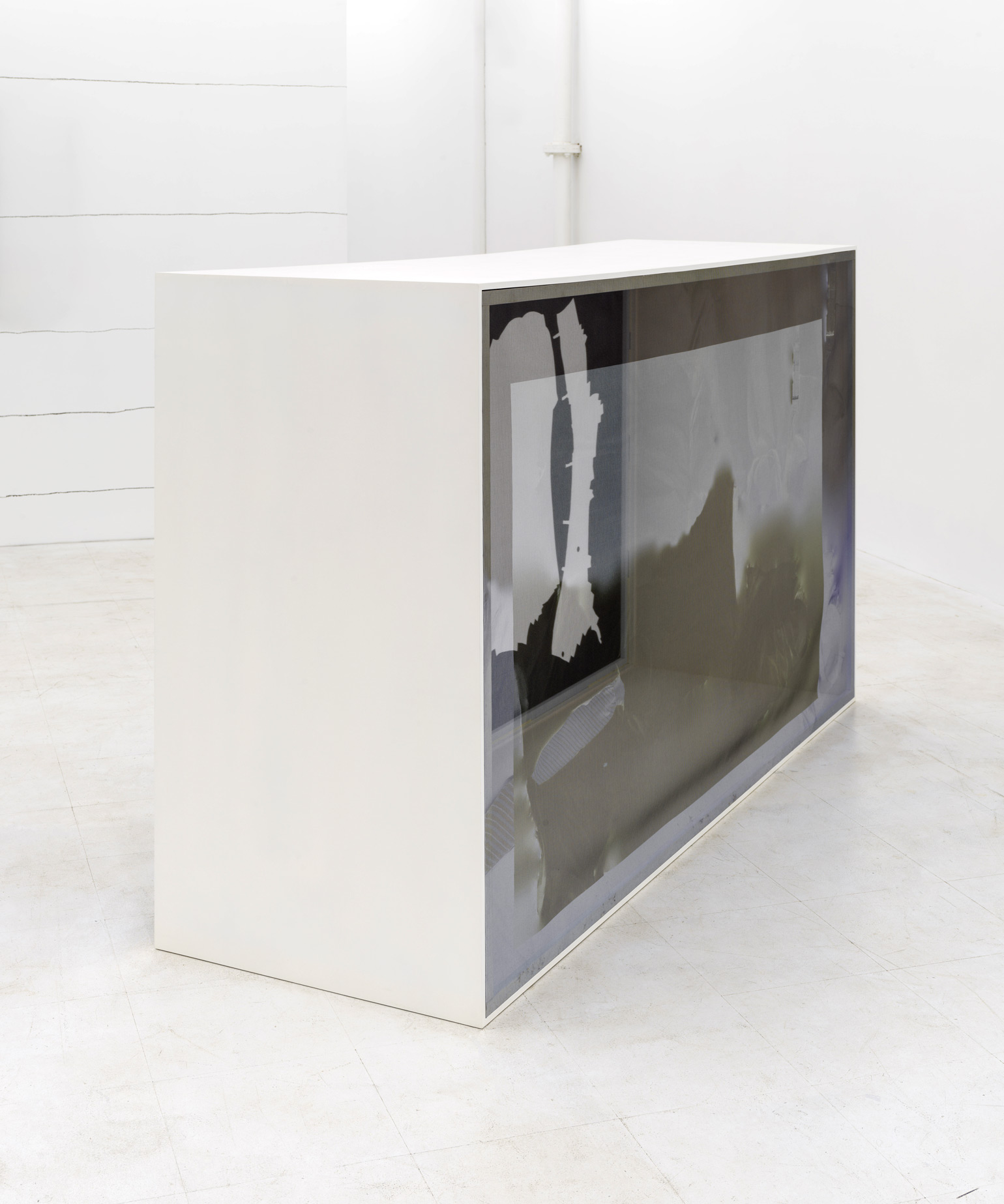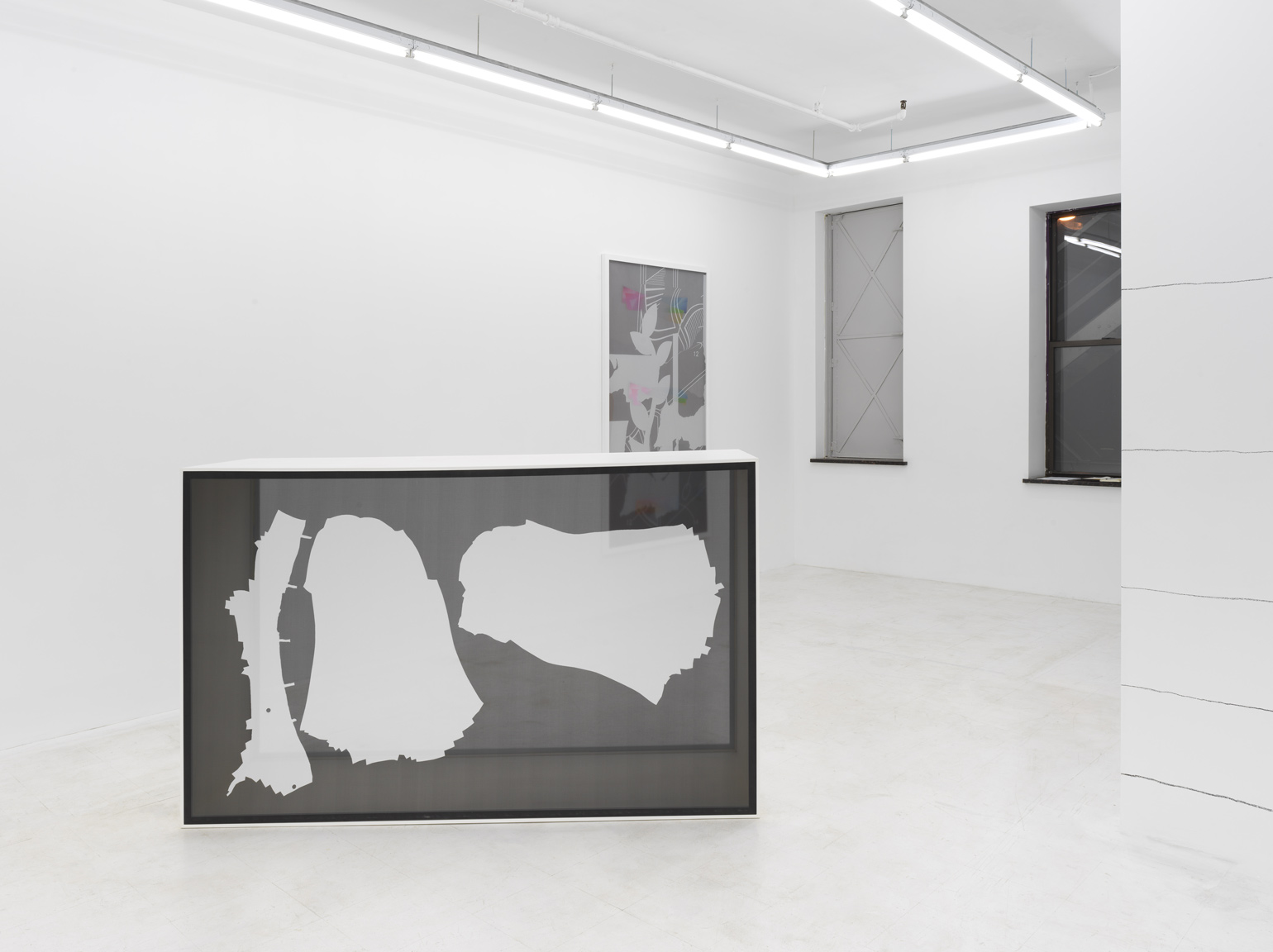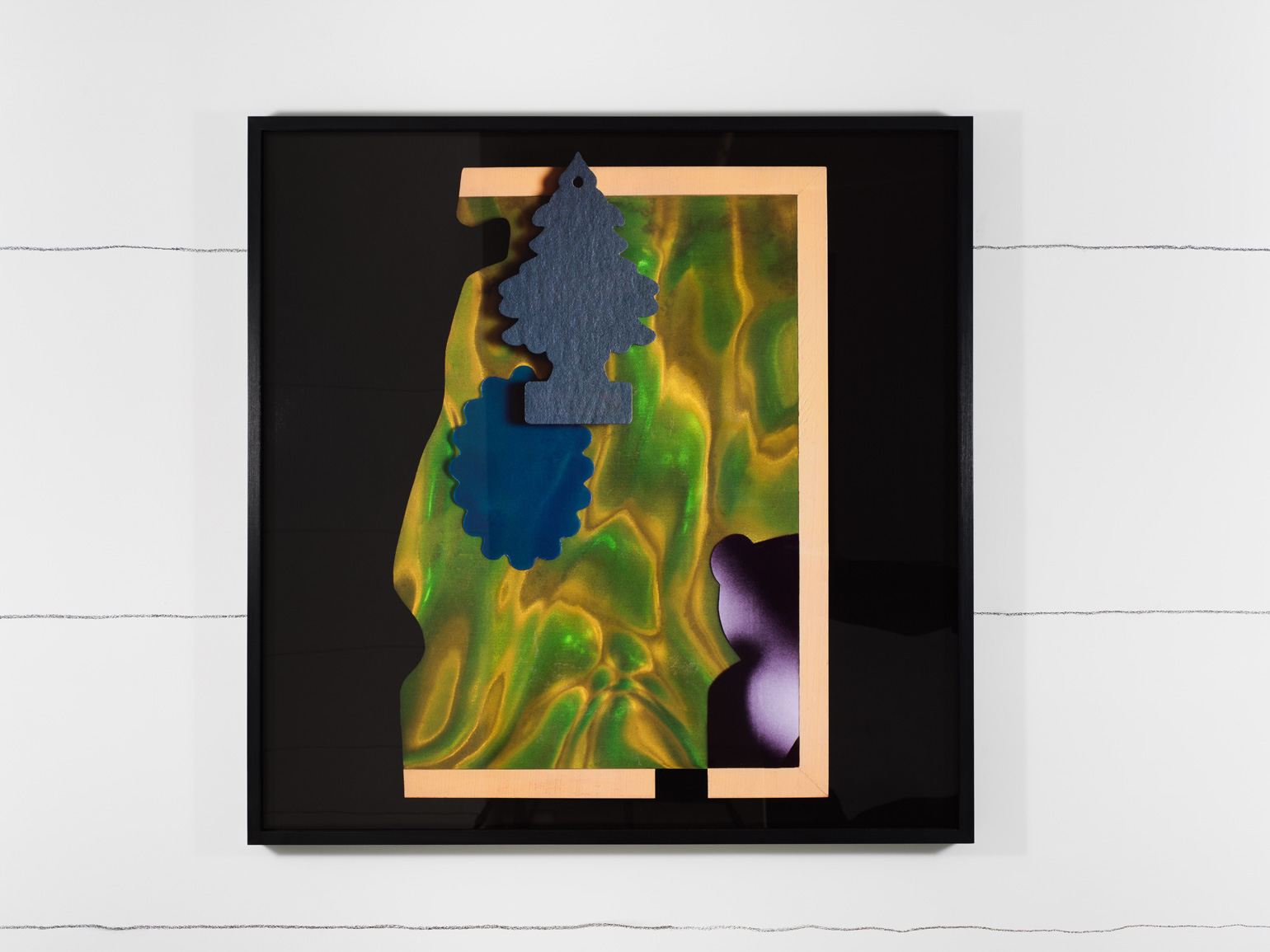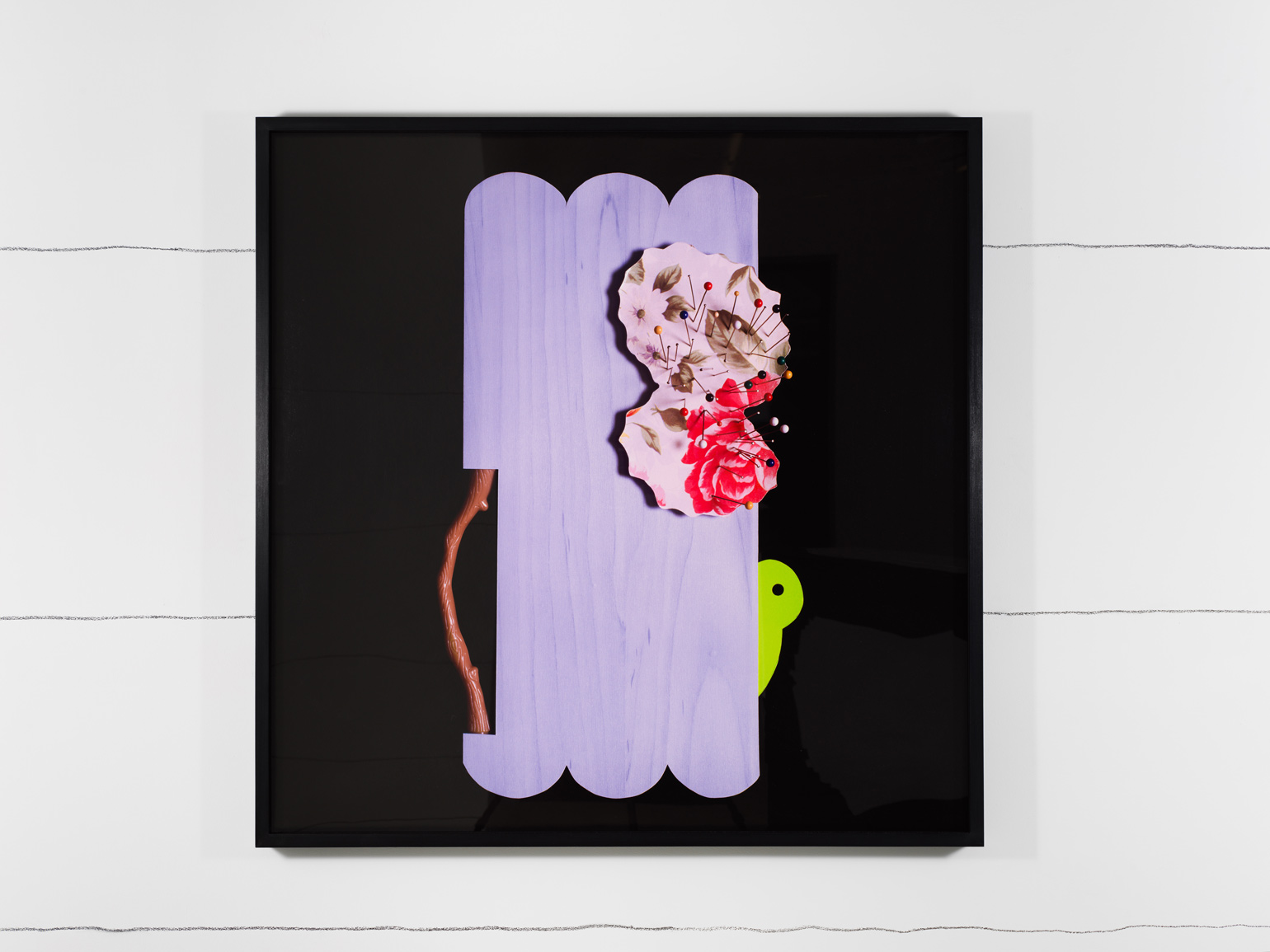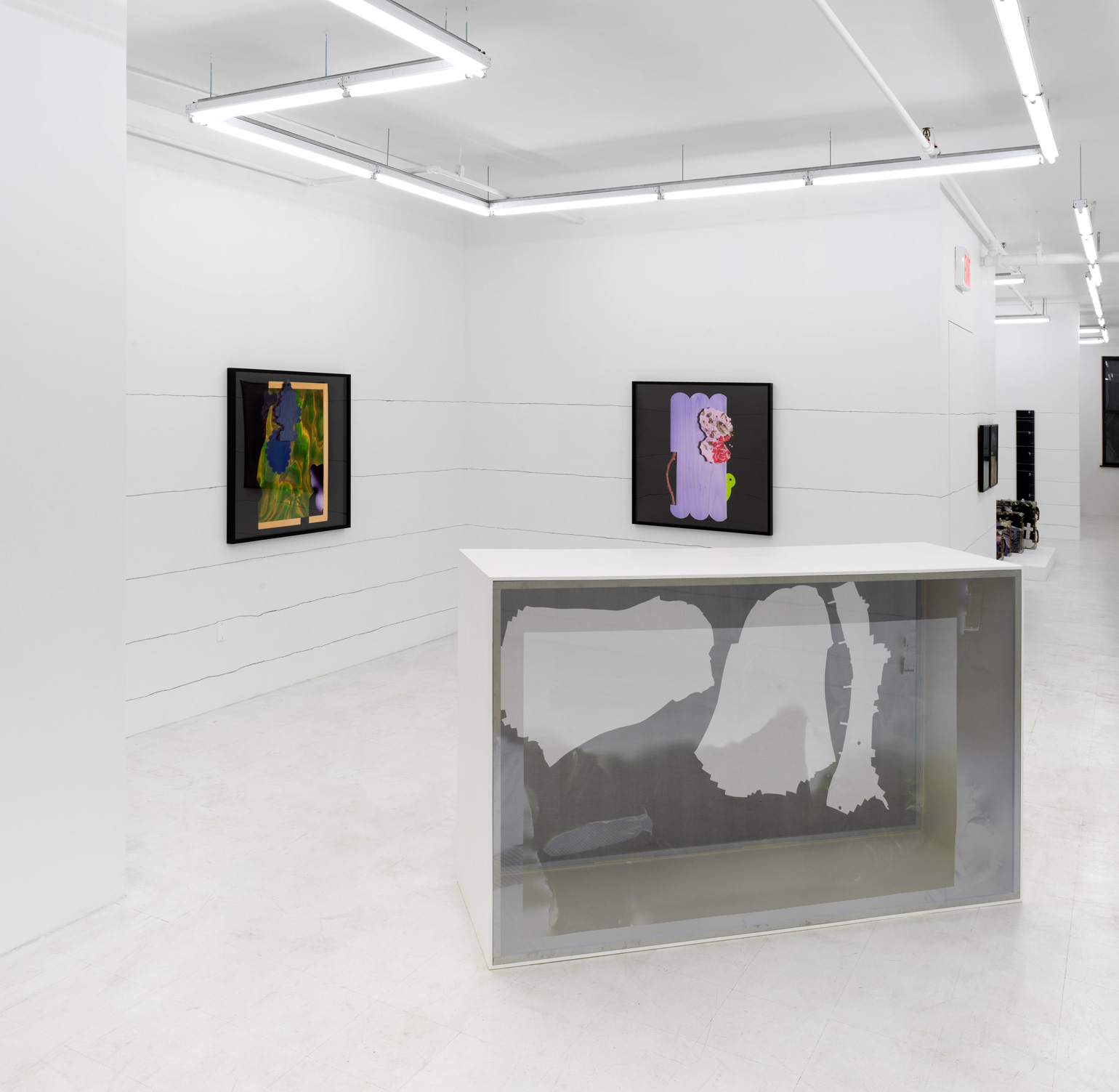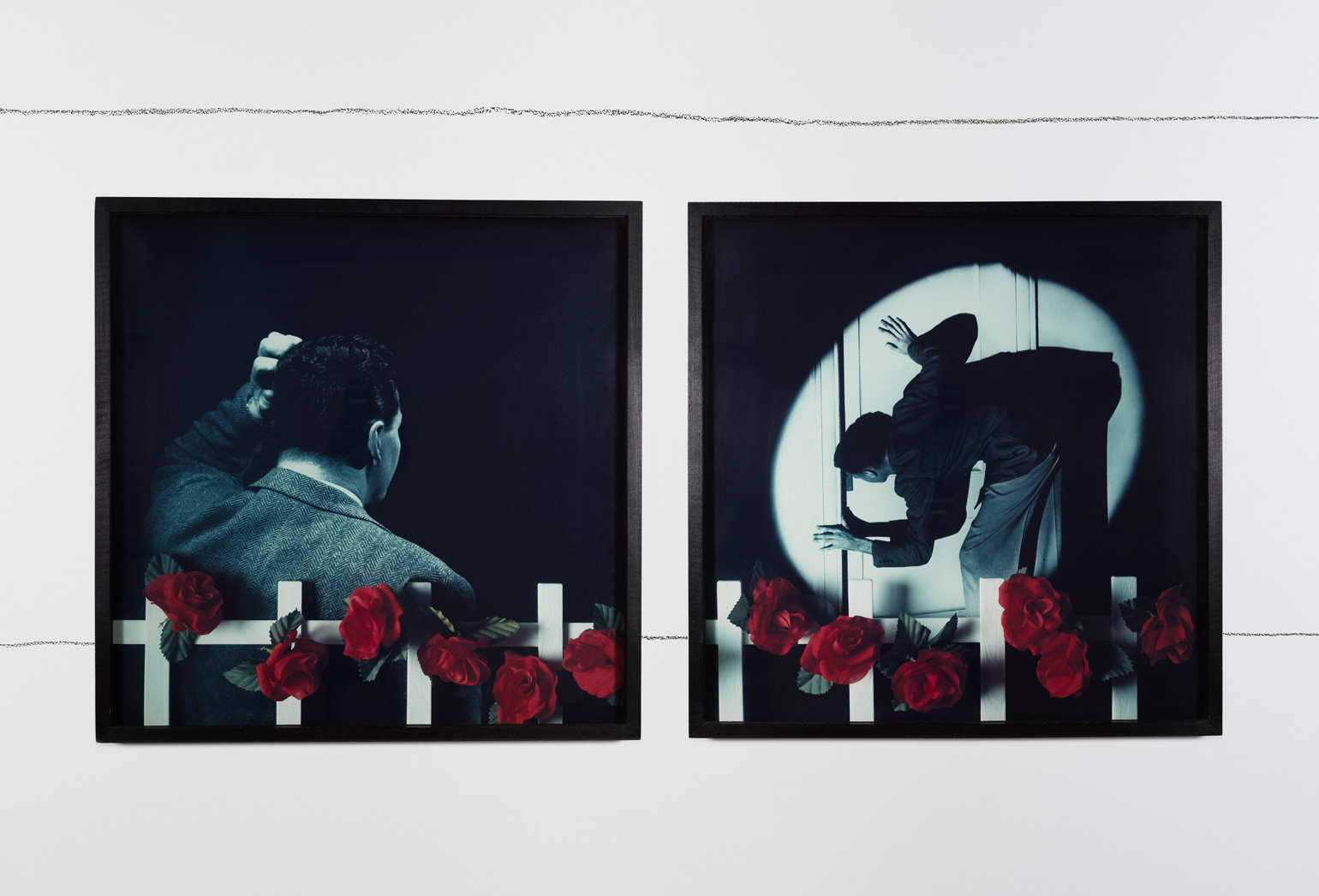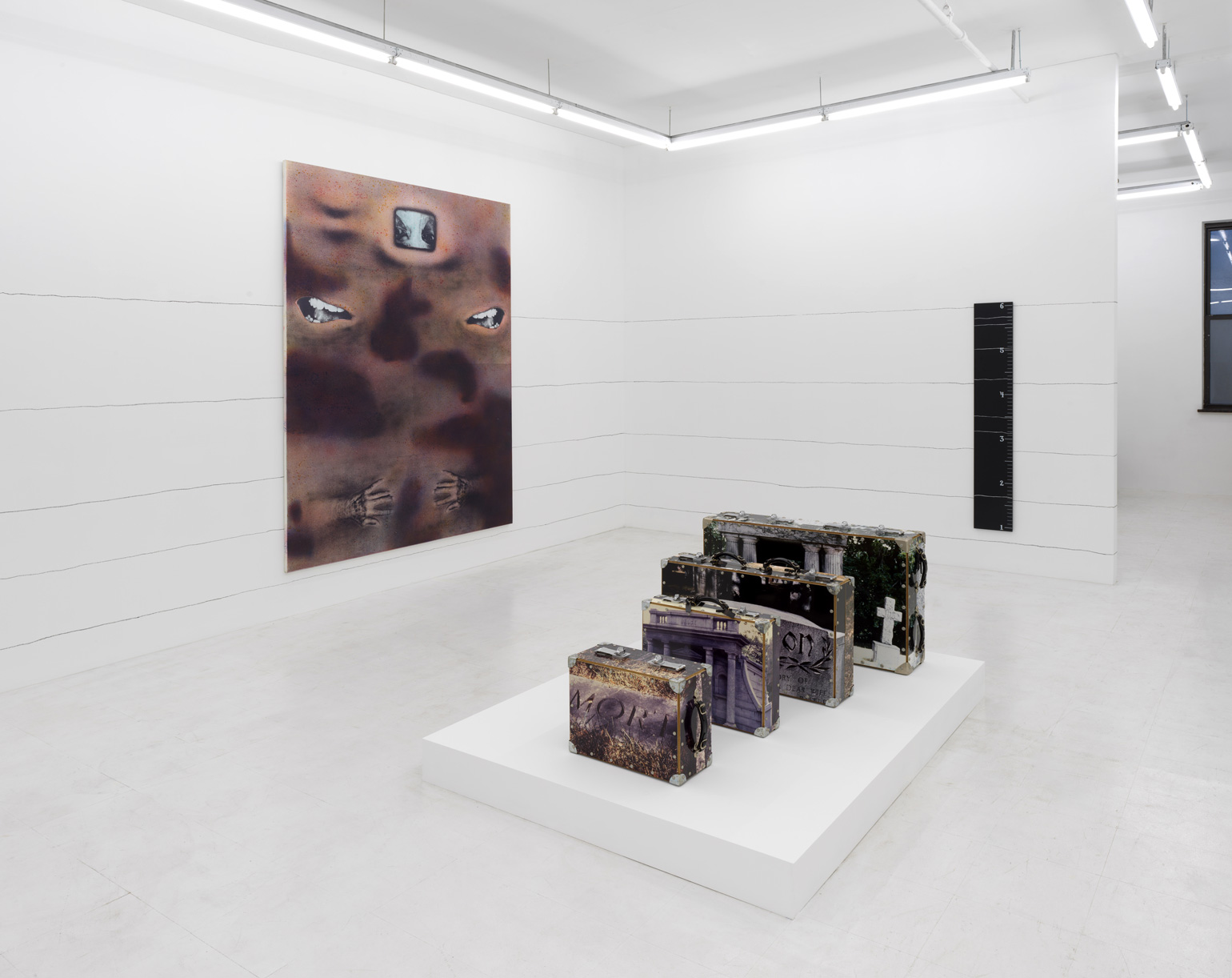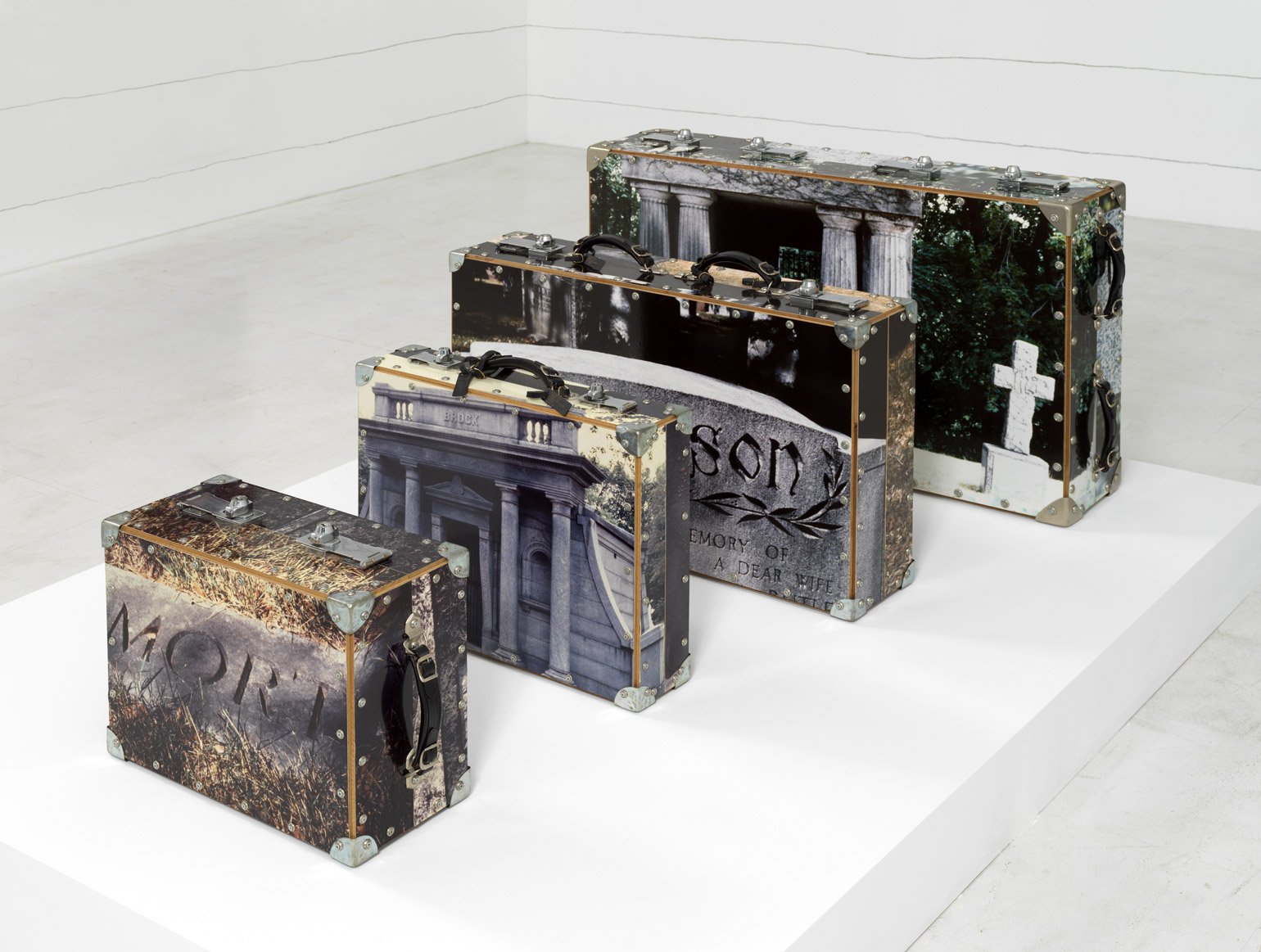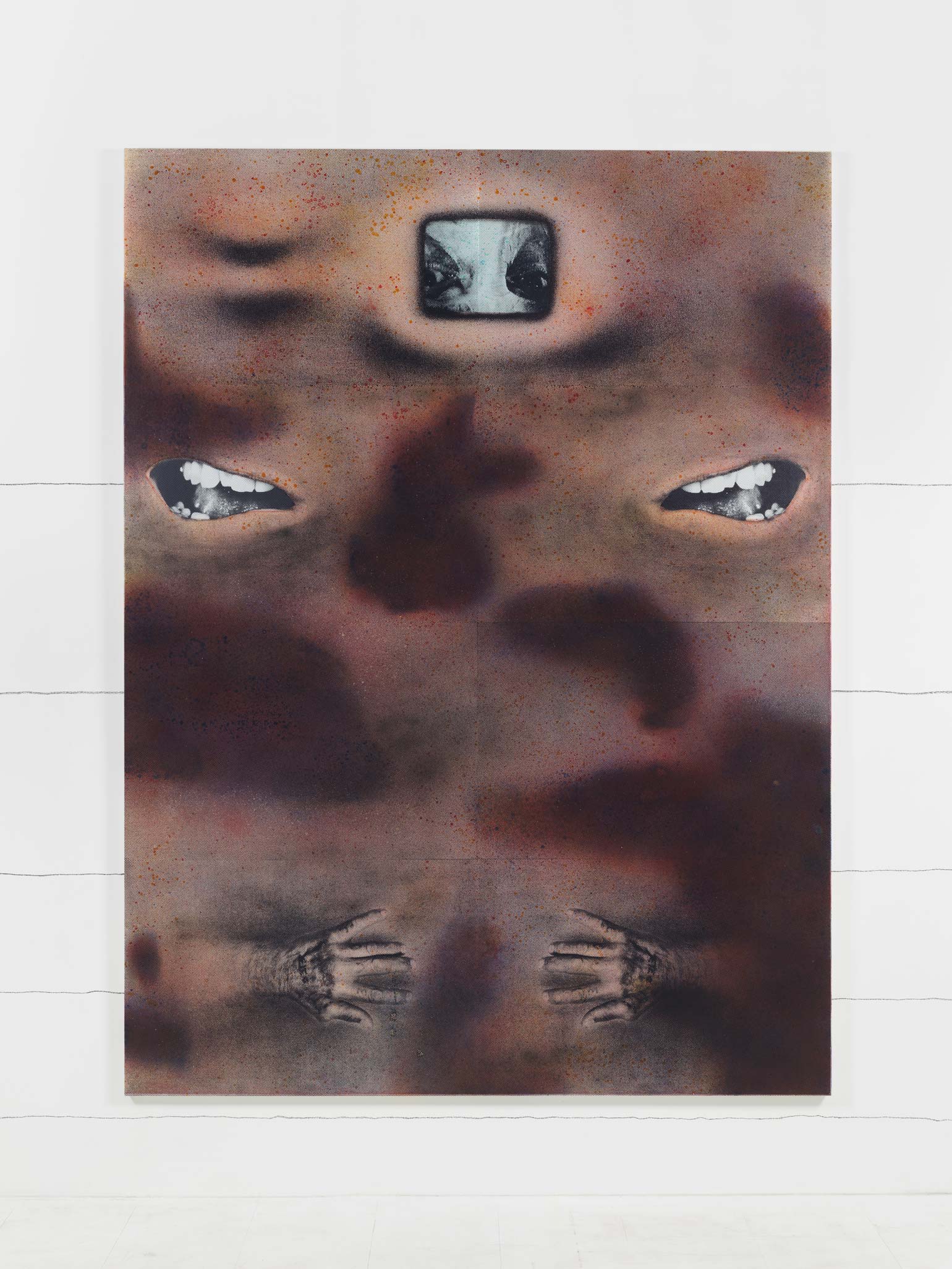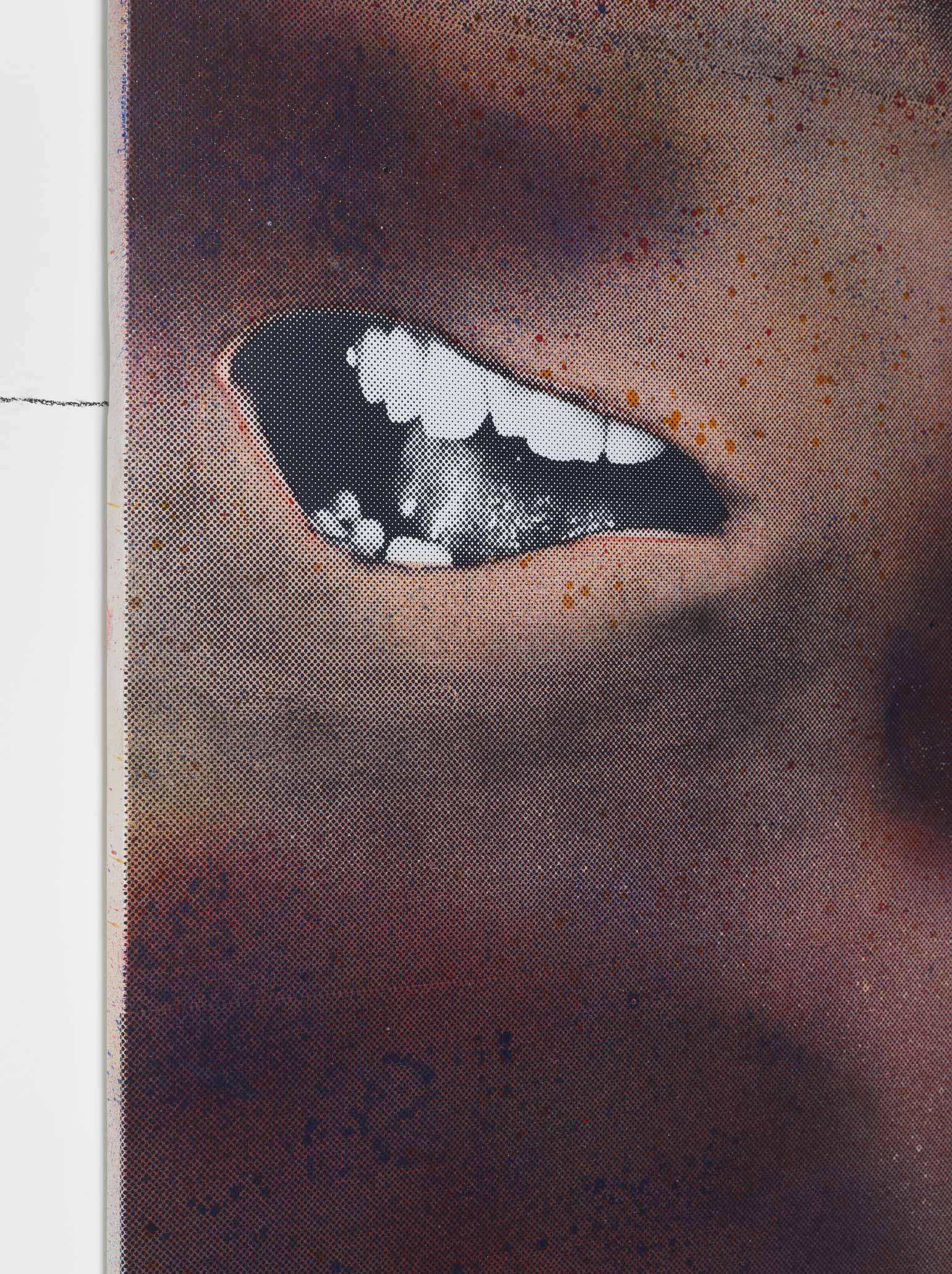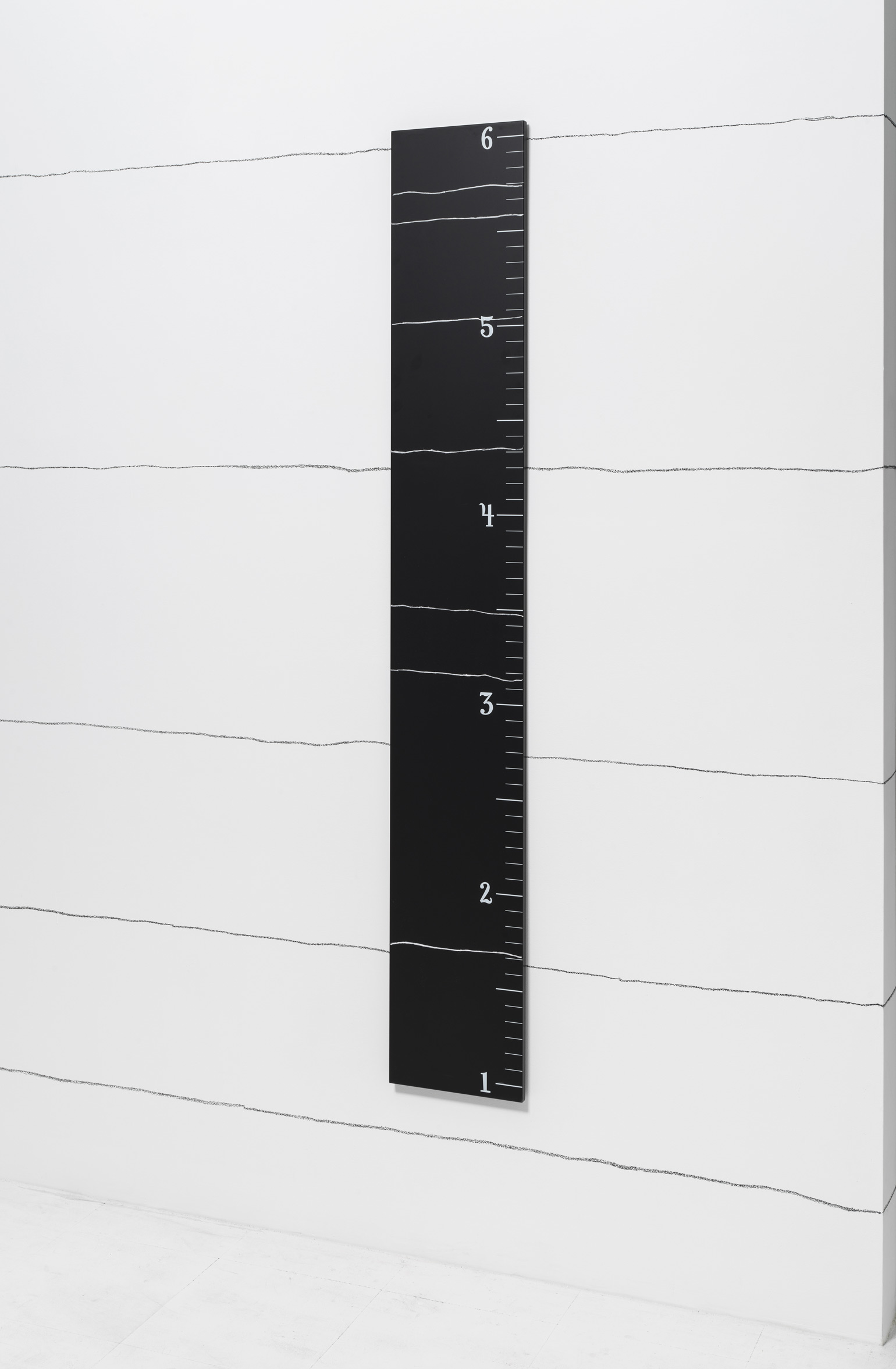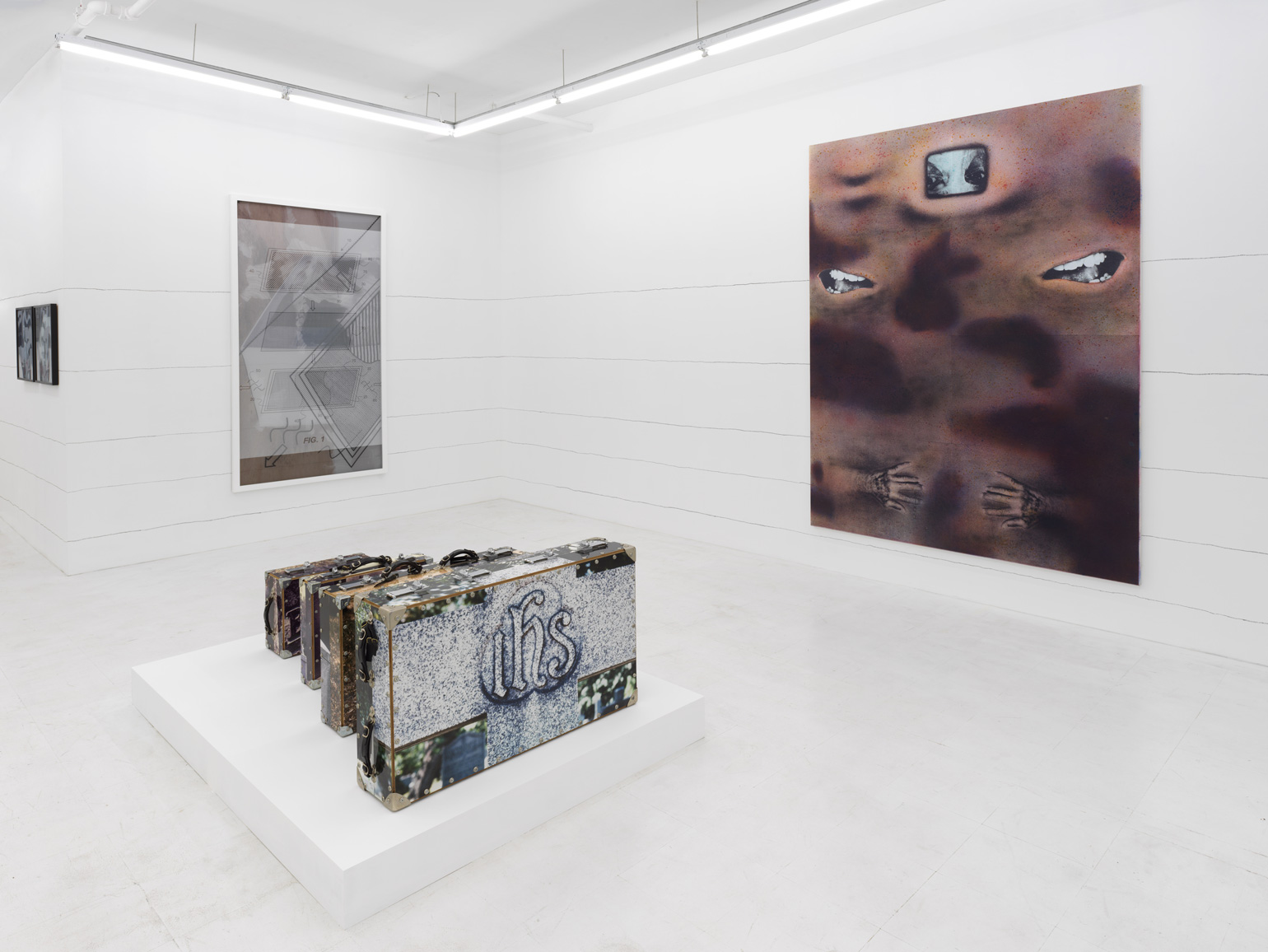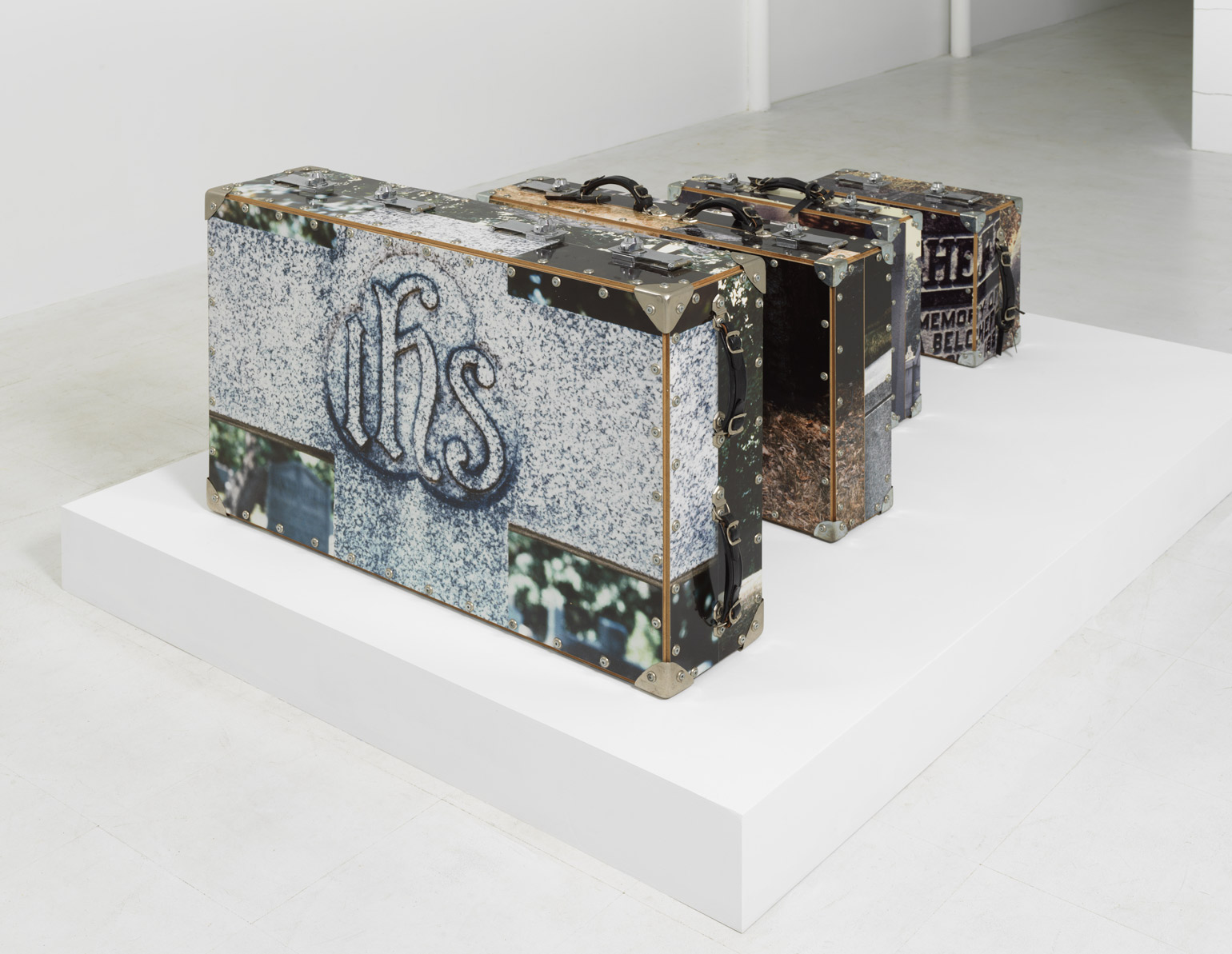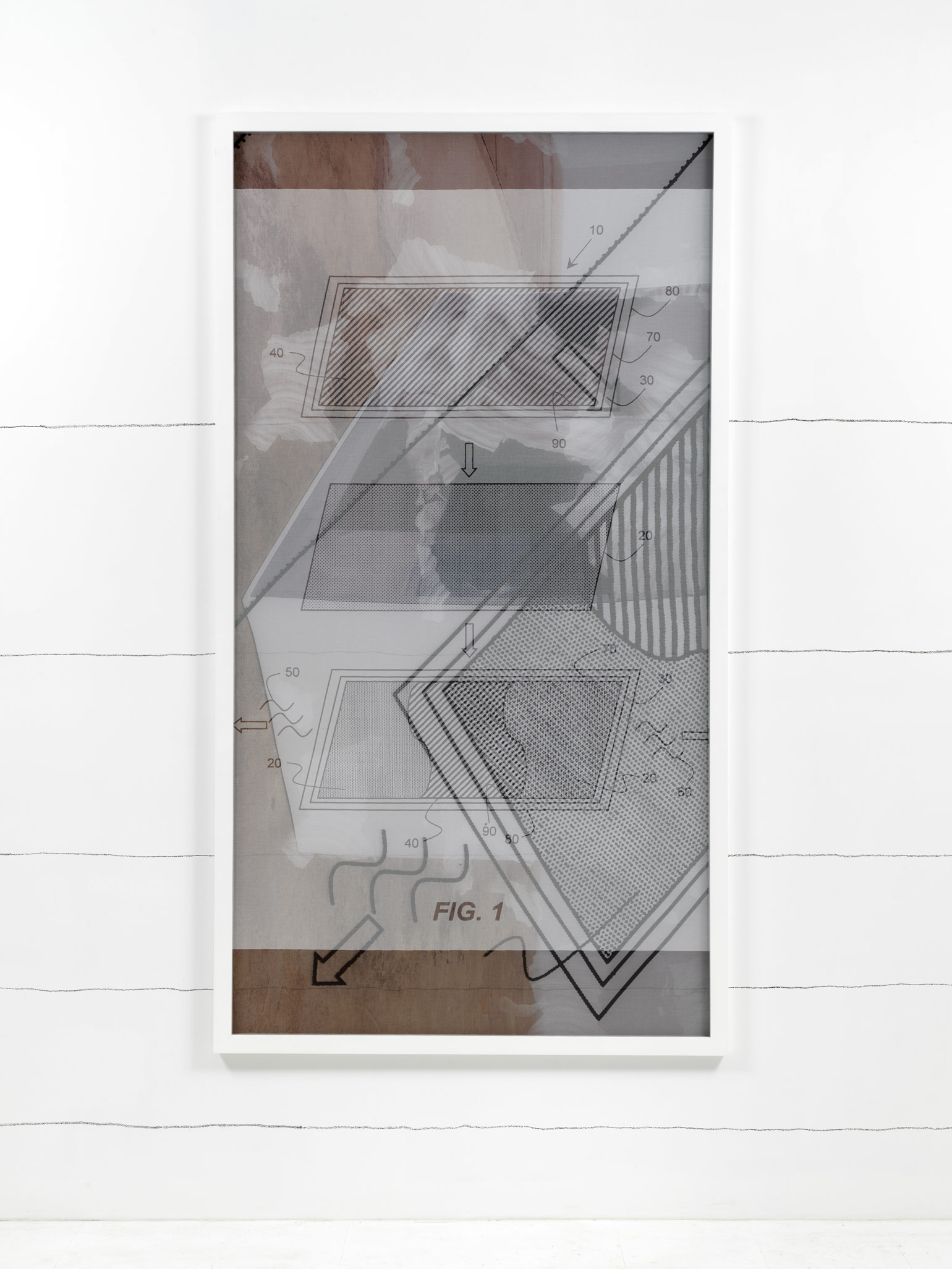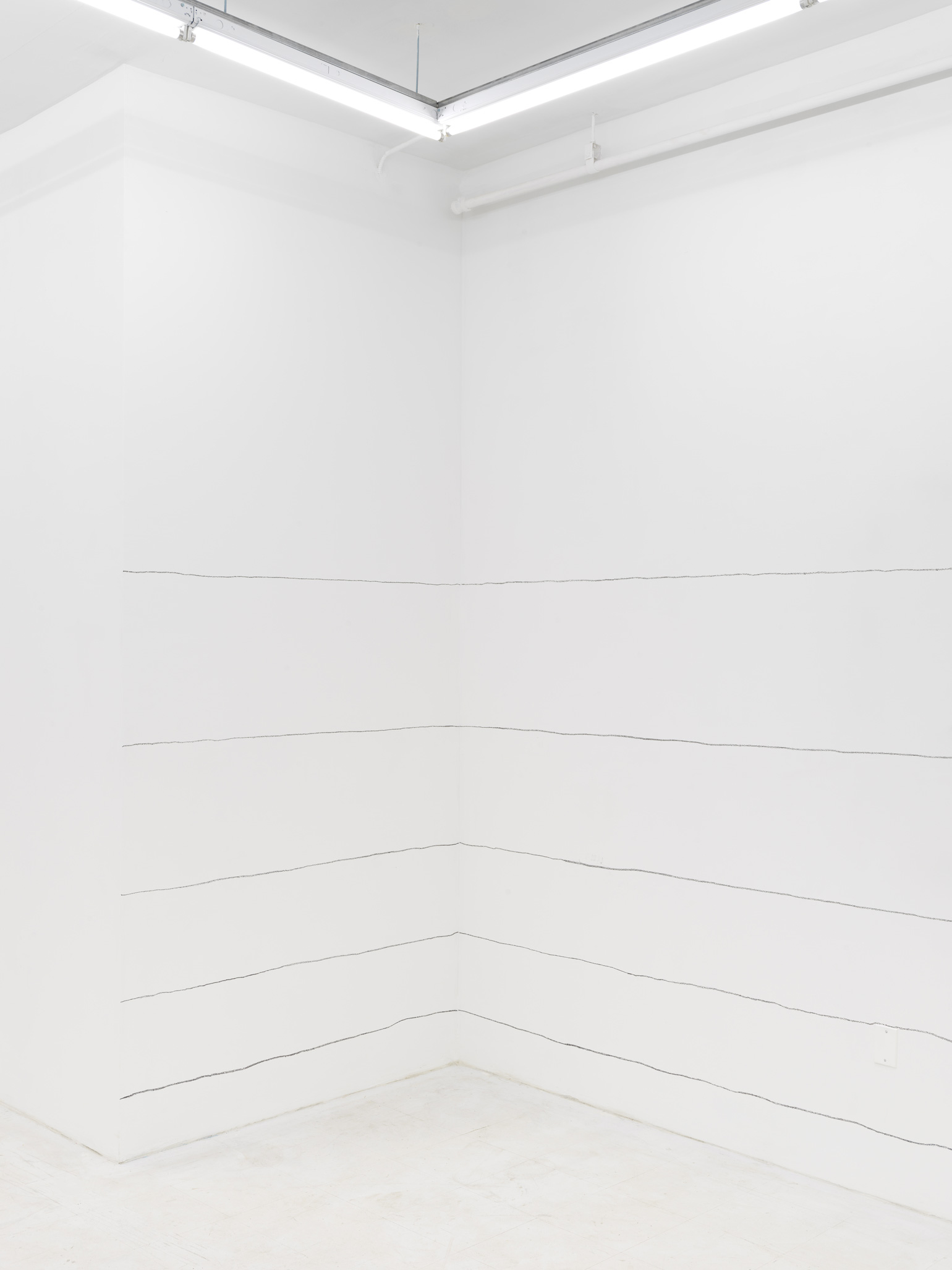During the North American Drought of 1988, Flash Art publishes its obituary for Nature Morte. That same year—buying back shares, creating an employee stock ownership plan, and issuing preferred stock—the Polaroid Corporation begins its slide into fatal debt while battling a buyout proposal by Shamrock Holdings, an investor group led by Roy E. Disney.
In 1993, Jack Bankowsky tells Ingrid Sischy, then editor of Artforum, “the so-called 'photo object' as I was referring to it was an odd little moment very local to New York at that time—a hybrid twist that played with the photograph’s double status as a singular print and as a multiple by turning the photo into an object in an almost slapstick manner—treating it as a component in an overproduced display or violating it by hammering nails into it, stretching it, etc.”
In 1995, Haemophilus influenzae becomes the first free living organism sequenced genomically. In July of that year, Amazon.com—incorporated a year earlier in Washington by Jeff Bezos as an online bookstore—sells its first book: Douglas Hofstadter's Fluid Concepts and Creative Analogies: Computer Models of the Fundamental Mechanisms of Thought.
In 2007, US patent 8118919 B1 is filed by George W. Love. It is embraced by the following classifications: particle separators, e.g. dust precipitators, using filter plates, sheets, or pads having plane surfaces, i.e. axial filtering.
In 2014, Benjamin H. Bratton speculates on planetary-scale computing in the pages of e-flux: “This model is of a Stack that both does and does not exist as such: it is a machine that serves as a schema, as much as it is a schema of machines. […] perhaps the image of a totality that this conception provides would—as theories of totality have before—make the composition of new governmentalities and new sovereignties both more legible and more effective.”
In 2018, Downs & Ross opens its annual program with Guarded Future, deriving its title from a 1982 photograph by Ellen Brooks. Feminist in purpose and centering on analog documentation, the exhibition locates, in women's interventions into natural landscapes and disenfranchised domesticity, a tenacious objection to threadbare delimitations of female experience and its communal reproduction.
It is estimated that, by 2118, 130 million persons will be living in low coastal areas less than one meter above sea level and another 410 million in areas measuring fewer than five meters above sea level.
